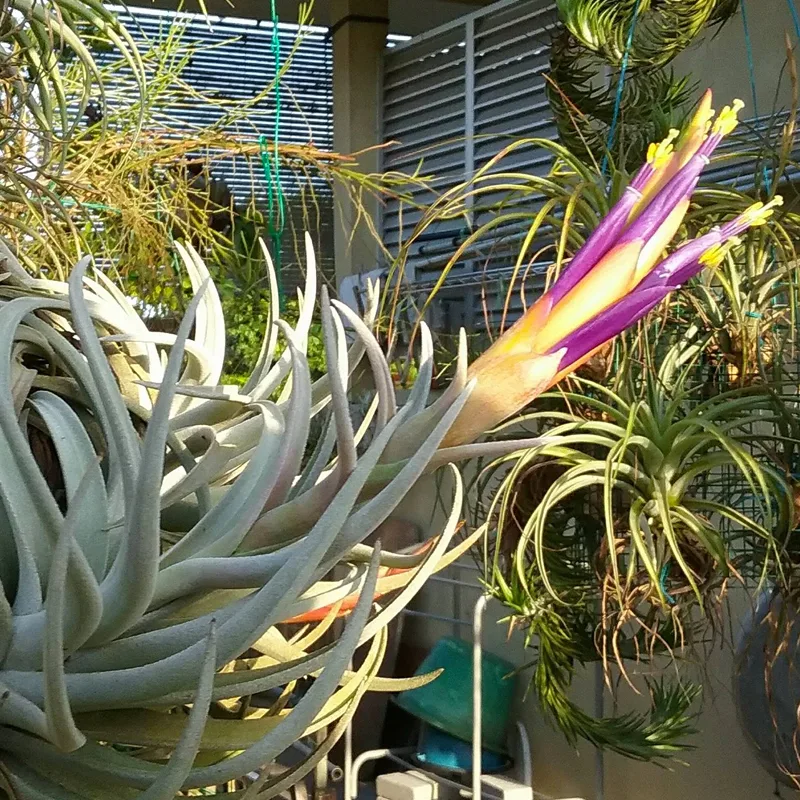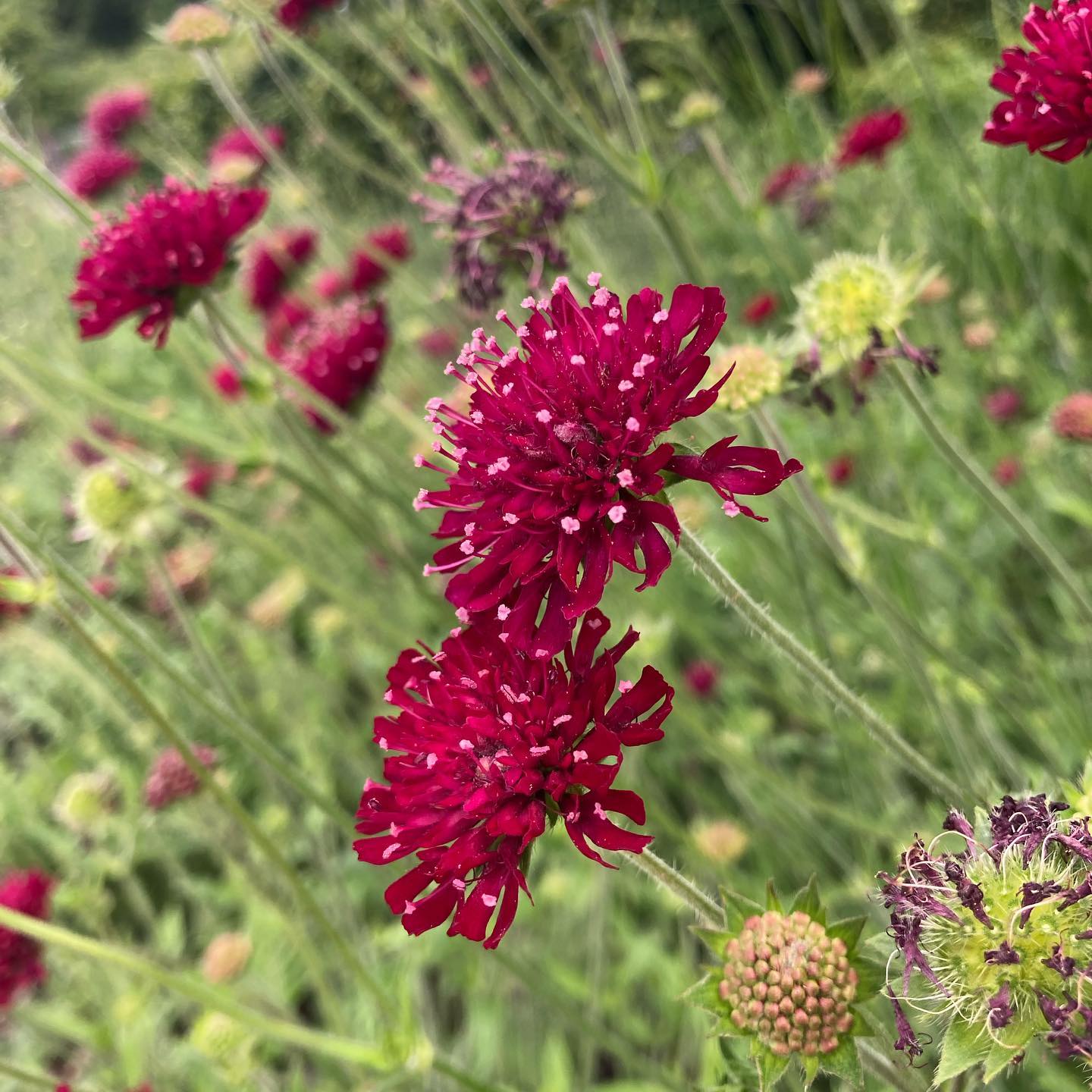
What is Taraxacum officinale?
Taraxacum officinale, commonly known as dandelion, is a perennial herbaceous plant native to Europe and Asia but found throughout the world. It belongs to the Asteraceae family and is known for its distinctive bright yellow flowers and deeply toothed leaves.
2488 Species in Genus Taraxacum
What is Taraxacum officinale used for?
Taraxacum officinale has been used for various purposes in traditional medicine and culinary applications. Its leaves, roots, and flowers are edible and have been used in salads, teas, and herbal remedies. It is believed to have diuretic properties and has been used to support liver health and digestion.
How to pronounce Taraxacum officinale?
Taraxacum officinale is pronounced as “ta-ra-KS-uh-kum uh-FISH-uh-nay-lee.”
How to plant Taraxacum Officinale?
Unlike many cultivated plants, Taraxacum officinale, commonly known as the dandelion, is a persistent weed that readily grows in most conditions. Planting them intentionally is not necessary as they will likely sprout on their own given the opportunity. However, if you’d like to encourage dandelions in a specific area, here’s what you can do:
Seeding:
- Timing: The best time to sow dandelion seeds is in early spring or fall. You can also sow them throughout the summer, but germination rates might be lower in very hot weather.
- Location: Choose a sunny location with well-drained soil. Dandelions tolerate a variety of soil conditions but prefer slightly sandy or loamy soil.
- Seeding:
- Scatter the seeds directly onto the soil surface. You don’t need to cover them deeply. Dandelions benefit from sunlight for germination.
- Alternatively, you can lightly rake the seeds into the top ¼ inch of soil.
- Watering: Water gently after sowing to help the seeds settle into the soil.
- Thinning (optional): If you sowed the seeds densely, you can thin the seedlings once they reach a few inches tall to allow them more space to grow.
Alternatively, you can propagate dandelions by transplanting existing ones:
- Dig up a mature dandelion plant with a dandelion digger or a trowel, ensuring you get a good portion of the root.
- Choose a new location as described above.
- Replant the dandelion, making sure the crown (where the leaves meet the root) sits slightly above the soil surface.
- Water well to help it establish in its new location.
Additional Tips:
- Dandelions are low-maintenance plants and generally don’t require fertilizer.
- They are quite drought tolerant once established, but occasional watering during dry spells can benefit them, especially if you want to encourage larger leaves.
- Dandelions are prolific seeders, so be prepared for them to spread throughout your garden if you allow them to flower and produce seeds.
- You can deadhead the dandelions before they go to seed if you don’t want them to spread, but this will prevent you from enjoying their bright yellow flowers.
By following these simple steps, you can encourage dandelions to grow in your yard. Remember, they are low-maintenance plants that thrive in most conditions with well-drained soil and some sunlight. However, be mindful of their tendency to spread readily if allowed to flower and set seed.
How to get rid of Taraxacum officinale?
Several methods can be used to control or remove Taraxacum officinale from gardens or lawns, including manual removal by digging out the taproot, using herbicides specifically designed for broadleaf weed control, or employing cultural methods such as maintaining healthy turf to outcompete dandelions.
Is Taraxacum officinale safe?
Taraxacum officinale is generally considered safe for most people when consumed in moderate amounts as food or herbal supplements. However, individuals with allergies to plants in the Asteraceae family or those taking certain medications should exercise caution. As with any herb or supplement, it is advisable to consult a healthcare professional before use.
What does Taraxacum officinale mean?
The genus name Taraxacum is derived from the Greek words “taraxos,” meaning disorder or disturbance, and “akos,” meaning remedy. The species name officinale refers to its historical use as an official medicinal plant. Therefore, Taraxacum officinale translates roughly to “remedy for disorders.”
If i die, water my plants!



